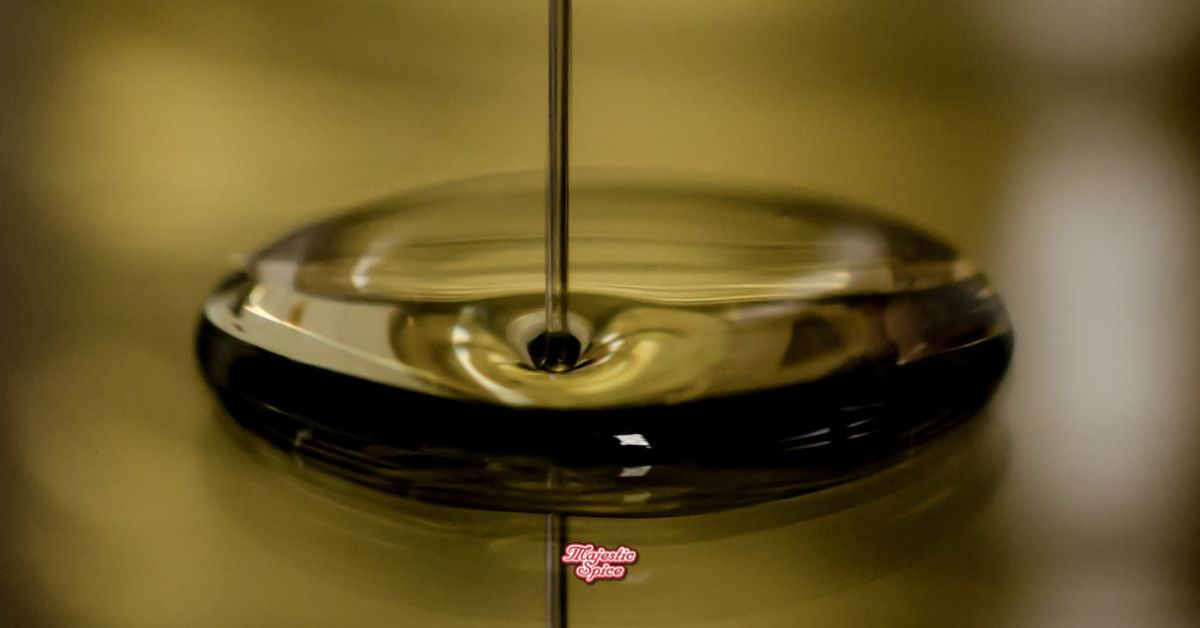
Vegetable oil and oilseed prices eased into early September. The pressure reflects (1) scarce near-term Chinese buying of U.S. soybeans, (2) elevated Malaysian palm oil inventories, and (3) a weaker import and consumption signal from U.S. biofuels in 1H25. While FAO’s vegetable oil index rose in August, early-September trading has turned softer, with most-active soybean, palm, and rapeseed benchmarks drifting lower or range-bound.
Price snapshot (benchmarks; most-active contracts or delivered quotes)
- Soybeans (CBOT, most-active): fell to a ~2-week low last week on lack of Chinese purchases and pre-harvest pressure.
- Palm oil (Bursa Malaysia, 3rd month): trading heavy in the RM 4,4xx/t area; sentiment capped by high stocks and cross-pressure from rival oils.
- Rapeseed (Euronext, Nov): around €461–463/t today; UK delivered Nov quotes down £1/t w/w to £409/t (Liverpool).
Drivers
1) China’s near-term demand signal is weak
Chicago soybeans slipped as traders cited a lack of U.S. sales to China; futures touched a two-week low mid-week. China entered September with high soymeal stocks after record mid-year soybean imports, compressing crush margins and delaying new U.S. purchases. Recent sourcing has leaned more on Argentina and Uruguay for the 2025/26 window, displacing the typical Q4 U.S. shipment slot.
2) Palm oil inventories are close to a two-year high
Malaysia’s end-July stocks reached 2.11 MMT (+4.0% m/m), the highest since December 2023, after production (+7.1% m/m) outpaced exports (+3.8%). A Reuters poll points to another build in August (stocks seen ~+4% to ~2.2 MMT); the MPOB report on 10 Sept is the next catalyst.
3) U.S. biofuel imports and use cooled in 1H25
Following the shift from the blender’s credit to the 45Z production credit, biodiesel imports fell ~94% y/y (to ~2,000 bpd) and renewable diesel imports fell ~85% y/y (to ~5,000 bpd) in 1H25. EIA also notes lower consumption in 1H25 (renewable diesel −~30%, biodiesel −~40%), softening soyoil demand.
4) Europe: lower early-season oilseed exports and softer rapeseed tone
Early in MY 2025/26, EU oilseed exports were down ~36% y/y to 28.1 Kt (rapeseed −70% y/y). Paris rapeseed eased with the broader veg-oil complex; delivered UK values reflected that move.
5) Macro veg-oil context
The FAO Vegetable Oil Price Index rose 1.4% m/m in August to the highest in over three years, with palm/sunflower/rapeseed firmer while soyoil lagged on expectations of ample soy supplies. Early September trading, however, has softened on the factors above.
Near-term watchlist
- MPOB (10 Sept): stocks/production/exports. Another build would keep palm capped; a strong export print could trigger short-covering.
- USDA WASDE (12 Sept, 12:00 ET): first fall adjustments to U.S. yields, crush, and trade; outcomes will set tone for beans/soyoil into harvest.
- China trade pulse: August customs showed cooling headline export growth; any improvement in ag import activity would be supportive, but near-term risk remains skewed lower for U.S. soy exports.
Implications for buyers
- Soyoil/beans: Bias sideways-to-lower into MPOB/WASDE unless China steps in. Consider staged cover for Q4–Q1 needs and be ready to add on data-driven dips.
- Palm oil: Elevated stocks argue for patience on flat price; manage nearby requirements while monitoring August data.
- Rapeseed oil: Track Paris–delivered basis differentials; UK/EU delivered quotes are echoing MATIF moves amid softer export and abundant regional availability signals.
